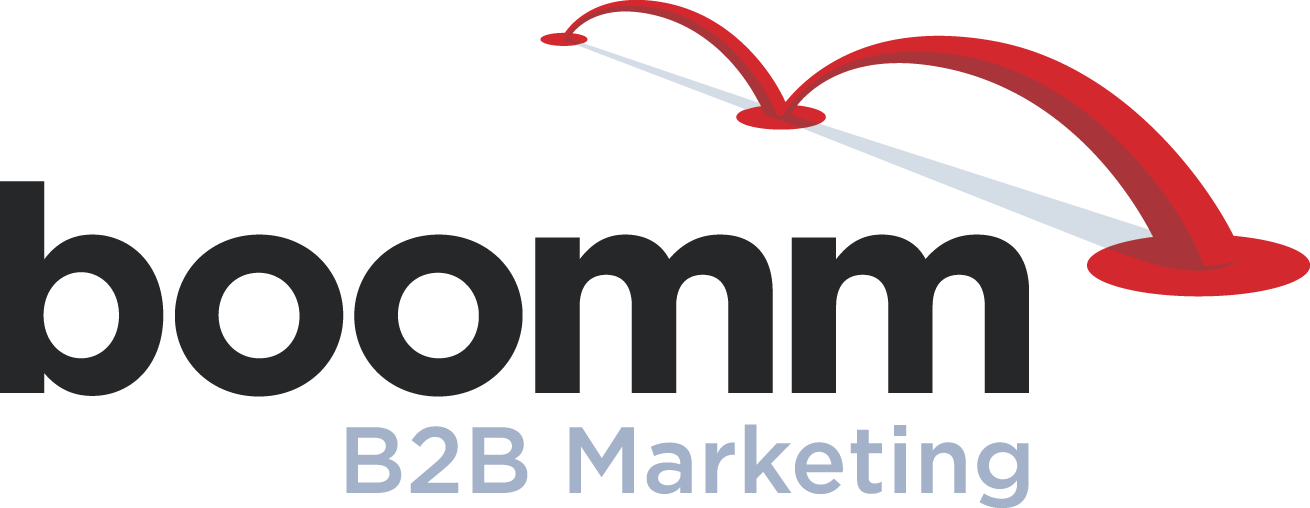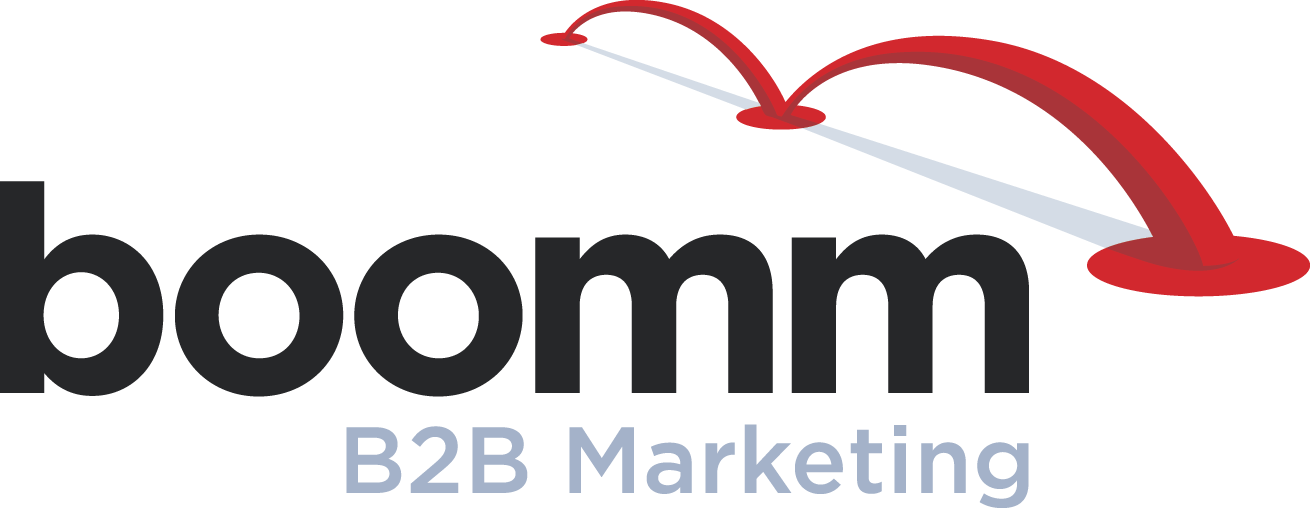Three tips for great content calendars

Late every year, B2B marketers face the dreaded content crunch. They sequester themselves in a conference room and try to chisel out their content marketing program for the upcoming year.
The content crunch usually starts with the following steps:
Report on the previous year’s performance, citing which topics generated the most engagement and should be prioritized in the upcoming year
Set strategic goals for the overall content program across social media posts, blog articles, white papers, videos and all other forms of content
Establish a budget for assets and content development
So far everything makes sense. But now comes a crucial and challenging step: creating the content calendar.
Actionable content calendars are the single most important resource in any B2B content marketing program for multiple reasons. They can provide marketing teams with the ability to look forward strategically, rather than scrambling to create content last minute. They offer marketers a chance to structure their content around specific messages or campaigns in the year ahead. The calendar also gives ownership of content to the entire team, and everyone has a reference to use. Finally, when it’s time to plan next year’s content marketing program, the calendar provides a snapshot of the previous year’s campaigns that will help guide future endeavors.
The takeaway is clear: a useful and informed content calendar can structure your entire year. But how can you create one? Here are a few tips from the Boomm content marketing team.
1. Be adaptable
Industry news, trends and innovations make for great content. Unfortunately, they’re hard to plan and calendarize. That’s why it pays to have an adaptable calendar from the onset.
Make sure you have an engaging mix of evergreen content and allow space for trending content. If you already know that something new will be happening in 2025 but aren’t sure when, make a list of “unscheduled content” that can be added to the calendar as needed. Keep track of your evergreen content resources so if you need to pull from existing material, you know where it is. And remember that many “newsworthy” events have dates and topics that you can learn about in advance and get a head start on.
2. Ramp up
The first few weeks of the year can be an overwhelming time. People are returning from vacation, new initiatives are launching, and everything that was once a plan is expected to become a reality.
Many editorial calendars fail immediately because the ambitious ideas that sounded so promising in December are impossible to execute in the frenzy of early January. And once the calendar is abandoned, it’s never picked back up again.
Don’t fall into that trap. With the right kind of strategic thinking, you can launch your planned content marketing in January no matter how busy you are. For the first few weeks of the year, choose topics and concepts that you know will be easy to execute—or can even be created in advance. If you construct your content calendar so it ramps up in this way, you’ll be more likely to keep using it all throughout the year.
3. Involve everyone
A common problem that marketing teams face when planning content is generating content ideas. But there’s no reason why idea generation must be the exclusive role of the marketing team.
There are plenty of people in your organization who have expertise and ideas of their own to leverage. For instance, talking to your sales team about common questions that prospects ask them could lead to a series of informative blog posts answering these concerns. Another department might be doing a philanthropy initiative that would make a great social post. You’ll never know until you ask around—and when you do, you’ll find it that much easier to generate more great content to populate your calendar.
These are just a few of the strategies that will help you develop content calendars that truly work—and that get used consistently.
We wish you and your team happy holidays, and a new year filled with great content.


